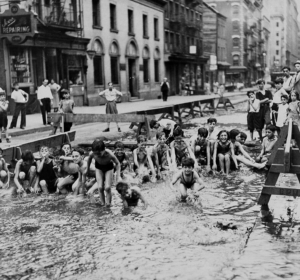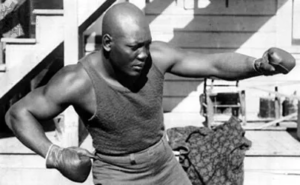Workers have removed the statue of divisive former Philadelphia Mayor and Police Commissioner Frank Rizzo
PHILADELPHIA — A crane lifted a long-polarizing statue of former Philadelphia Mayor Frank Rizzo from its home outside a public building in the wee hours of Wednesday, whisking it away after recent protests against police brutality hastened its removal.
As National Guard troops deployed for the protests watched, the crane lifted the 10-foot (3-meter) bronze statue, and workers shook it from its stand outside the Municipal Services Building, across from City Hall. It will be stored until a permanent plan for its fate can be determined, officials said.
Rizzo, who died in 1991, cast a long shadow in Philadelphia. He was police commissioner from 1968-71 and served as mayor from 1972-80. His reputation for being tough on crime was coupled with complaints of racial discrimination.
Calls to remove the statue, a frequent target of vandals, had grown louder in recent years. Mayor Jim Kenney had earlier pledged to move it in 2021.
Kenney had said Monday that he “never liked” the statue and announced a plan to move it this month after it was defaced during the recent protests sparked by the death of George Floyd, a black man who died in Minnesota after a white police officer pressed a knee into his neck for several minutes.
“I can’t wait to see it go away,” Kenney said.
A mural of Rizzo, painted on the side of a building near the Italian Market in South Philadelphia 25 years ago, was defaced Wednesday morning. The mural has been vandalized several times over the years.
Later Wednesday, Mural Arts Philadelphia announced it would no longer restore or repair the mural, as it has in the past.
“We do not believe the mural can play a role in healing and supporting dialogue, but rather it has become a painful reminder for many of the former Mayor’s legacy, and only adds to the pain and anger,” the group said in a statement.
Mural Arts called for the mural’s decommissioning and suggests “a unifying piece of public art in its place.”
The owner of the private property on which its painted would need to approve that.




